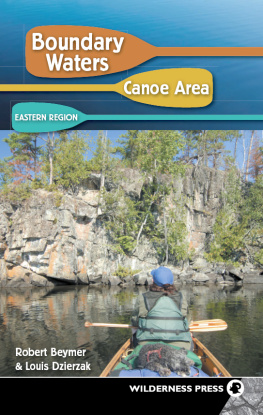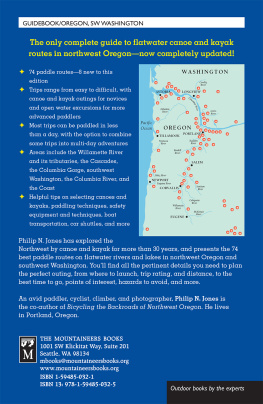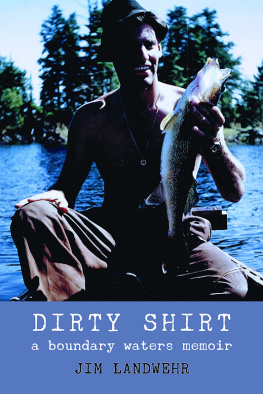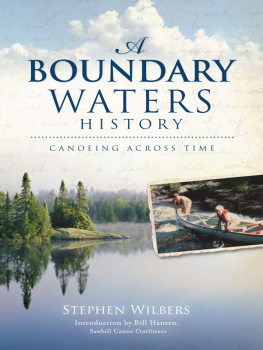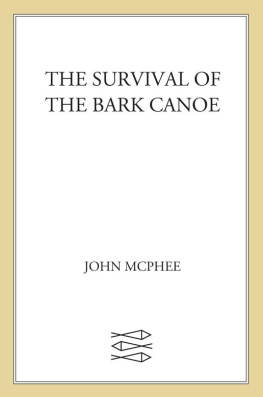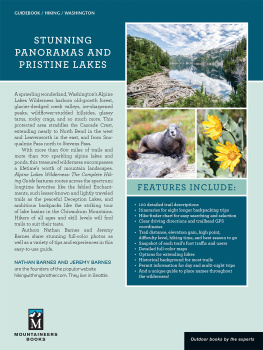
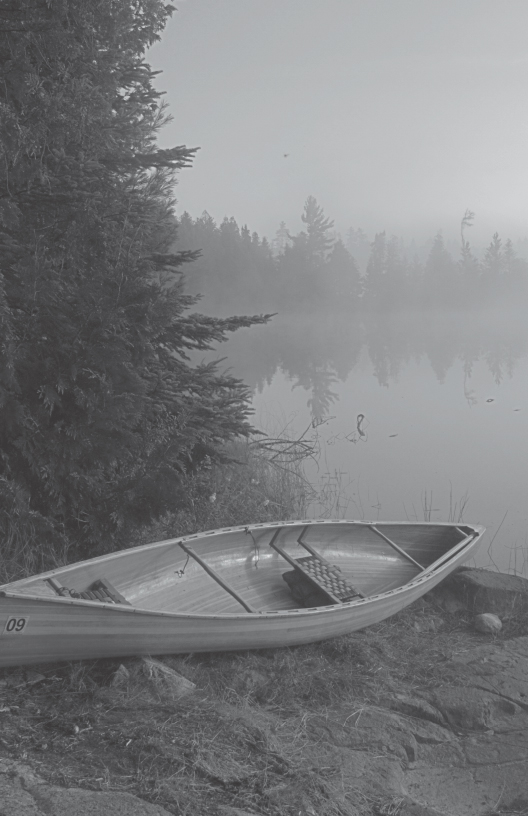

Boundary Waters Canoe Area: Eastern Region
1st edition 1979
2nd edition 1986
3rd edition 1991
4th edition 2000
5th edition 2009
Copyright 1979, 1986, 1991, 2000 by Robert Beymer
Copyright 2009 by Robert Beymer and Louis Dzierzak
Front cover photo copyright 2009 by Larry Ricker, www.lhrimages.com
Interior photos as credited on p. 250
Locator map: Bart Wright, Lohnes + Wright
Cover design: Lisa Pletka
Text design: Lisa Pletka and Annie Long
Book editor: Cheryl Koehler
ISBN 978-0-89997-461-3
Manufactured in Canada
Published by: Wilderness Press
1345 8th Street
Berkeley, CA 94710
(800) 443-7227; FAX (510) 558-1696
info@wildernesspress.com
www.wildernesspress.com
Visit our website for a complete listing of our books and for ordering information.
Cover photo: Ogishkemuncie Lake
Frontispiece: Canoe and mist, Spice Lake, just outside of Ogishkemuncie
All rights reserved. No part of this book may be reproduced in any form, or by any means electronic, mechanical, recording, or otherwise, without written permission from the publisher, except for brief quotations used in reviews.
SAFETY NOTICE: Although Wilderness Press and the authors have made every attempt to ensure that the information in this book is accurate at press time, they are not responsible for any loss, damage, injury, or inconvenience that may occur to anyone while using this book. You are responsible for your own safety and health while following the canoe routes described here. Always check local conditions, know your own limitations, and consult a map.
Acknowledgments
A book like this could never have been written without the help and encouragement of many people. Foremost are those with whom I have paddled during these many years. While I stepped off portage trails, paused to take notes, backtracked on lakes to seek a desired photograph, or paddled and portaged out of the way to investigate some unknown territory, the patience of my companions was (and still is) certainly appreciated.
Long before the idea for this book ever entered my head, my father, the Scoutmaster, introduced me to the joys of camping experiences while my mother, the English teacher, always encouraged me to write about those experiences. Throughout the years since the publication of my first book in 1978, U.S. Forest Service personnel were quite helpful in answering my questions and supplying statistical data included in this and previous editions.
When finding the time for research could have been a serious obstacle, my employers (formerly the Eddie Bauer company and most recently the State of Minnesota) granted me summer leave to explore the Wilderness. Canoes were loaned for research trips at no charge by the Eddie Bauer company, Lowe Industries, Piragis Northwoods Company, and Hills Canoe Outfitting. The W.A. Fisher Company supplied the maps used for most of my research, while Chuckwagon Foods supplied the trail food at a discounted price for many of my earlier trips. Most of all, I thank my wife for her steadfast support and encouragementand for not divorcing me when I spent $200 on my first electric typewriter at a time early in our life together when funds were extremely tight!
Robert Beymer
June 2000
Acknowledgments
R obert Beymers Boundary Waters Canoe Area books have become classics among paddlers. Copies get passed from experienced paddler to family members or friends who are preparing for their first trip. The route descriptions can generate hours of intense debate about the best way to go.
I make my living writing about outdoor recreation and I was honored when I asked to update Beymers books. That excitement was quickly tempered by the daunting task ahead of me. Beymer spent 30 years accumulating intimate knowledge of every entry point, portage, and campsite described within.
My role is not to recreate his steps, but to bring current information to his vivid descriptions. Since the last edition, the BWCA has seen a rare windstorm flatten thousands of acres of wilderness and major forest fires fueled by the debris left behind. Rules and regulations, registration procedures, and fees have changed over time.
Paddlers buying the books to replace the ones they gave away will notice one significant change. The popularity rankings for each entry point have been deleted from this version. Every entry point and route has something to offer. Over time, readers can build their own personal popularity rankings.
Writing is a solitary endeavor, but many people stand behind the words on these pages. Larry Ricker, Brent Reimnitz, and Bill Seeley contributed the photographs that offer a glimpse of the beauty the BWCA offers.
Steve Freeman and Adam Amato, moderators of BWCA.com, introduced me to the forums members and shared their valuable resources with me. David Bintzler, of quietjourney.com , introduced me to a group of passionate paddlers with strong opinions.
Kristina Reichenbach, public affairs officer, Superior National Forest answered a flurry of questions about rules, regulations, and the impact of recent fires on the BWCA. Her advice, to always call ahead to learn about current conditions at your selected entry point, should be followed by every paddler reading this book.
Ian Pinegar, Byran Kegler, Bruce Conley, Bryan Whitehead, and Steve Rosengren shared their personal BWCA paddling experiences to help update specific route descriptions. Bert Heep and Drew Brockett, of Piragis Northwoods Company, also offered thoughts about routes.
Mark Leese, of W. A. Fisher Company, provided a current set of maps for me to study. Fisher maps are mentioned in every route description. Big Agnes, Black Diamond, Sierra Designs, and Marmot provided tents to keep me dry, warm, and comfortable.
Thanks to Roslyn Bullas, editor of Wilderness Press, for the opportunity to take a classic book forward.
Finally, I want to thank my family for supporting me during this project. My son Taylor and daughter Claire, who have ventured into the BWCA many times, admonished me to finish writing so we could pick a trip of our own. My wife Carey managed our family life to give me time to explore and write.
Lou Dzierzak
May 2009
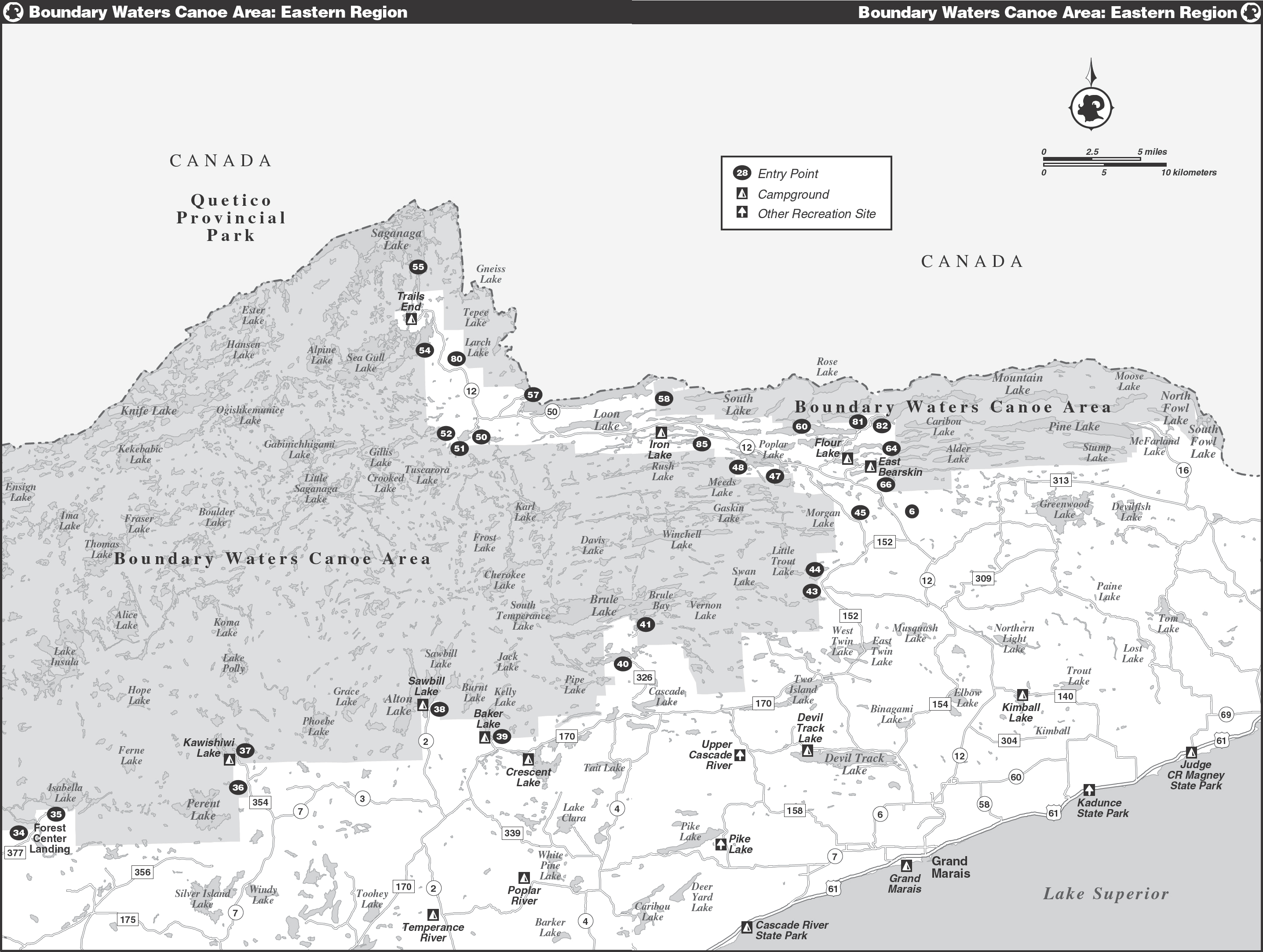
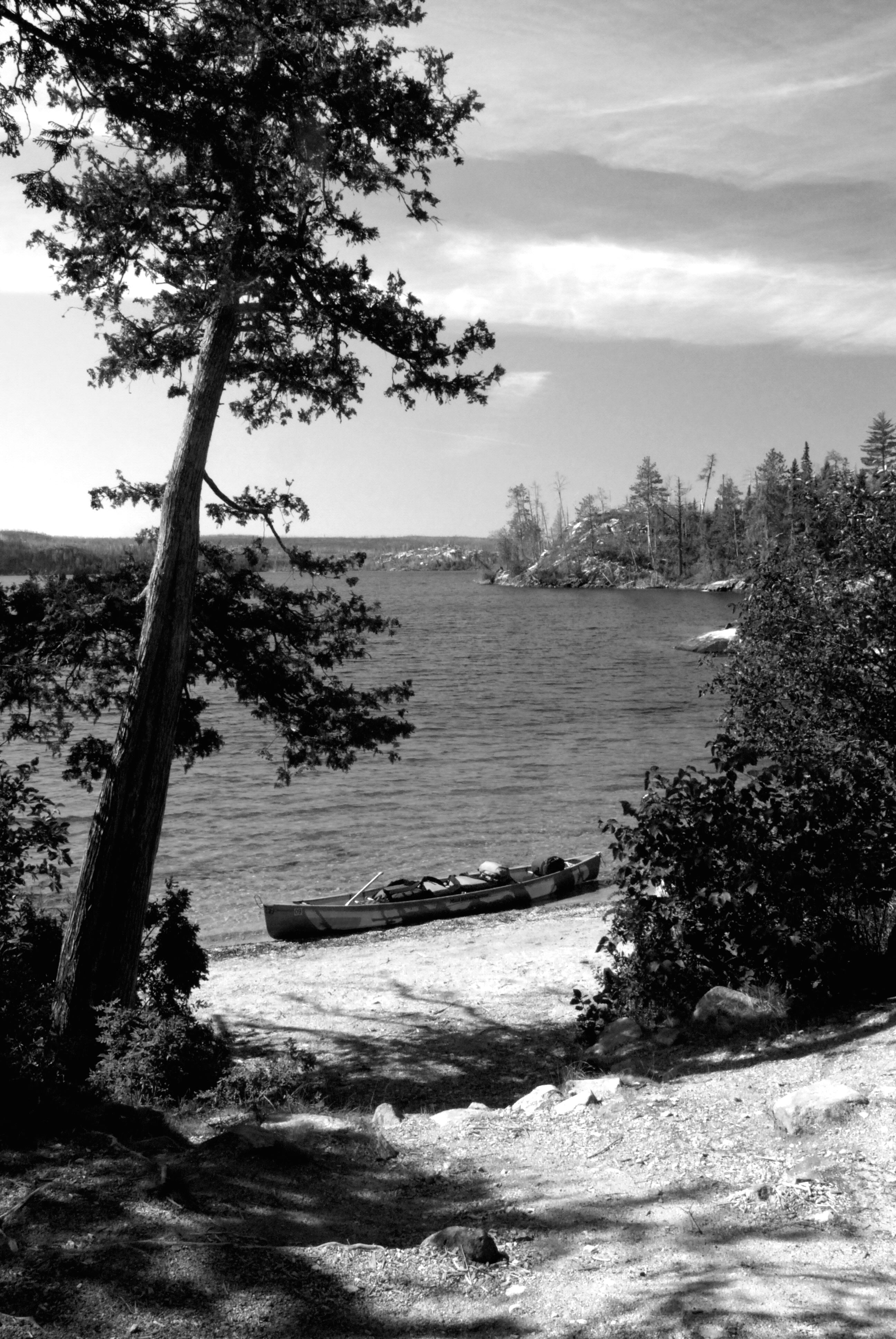
Preface to the 6th Edition
T his book was written for the peripatetic paddlerthe canoeist who wants to explore the BWCA Wilderness. Base-campers and easy-going anglers, however, should also find a good deal of useful information herein to help them plan their trips.
My introduction to canoeing in the Boundary Waters occurred in 1967, along with 14 other members of my Explorer Post from Indianola, Iowa, and Ive dipped my paddle in the cool, clear waters of canoe country every summer since then. While guiding BWCA canoe trips for Camp Northland from 1969 through 1977, I saw the need for a published trail guide. None existed at that time. My trail notes at Camp Northland became the foundation for this book.

